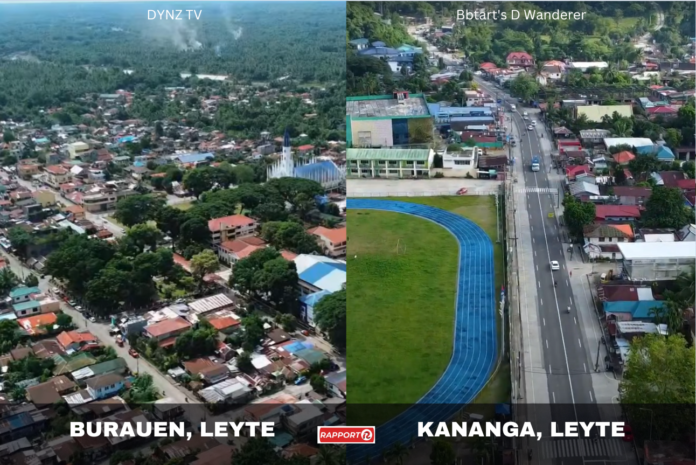Leyte, Philippines — The municipalities of Burauen and Kananga are gearing up for a significant milestone as they move closer to attaining cityhood. This transition is not only a testament to their economic growth but also to their capacity for self-sufficiency and local governance.
Burauen: A Rising Star in Leyte
The Municipality of Burauen, known for its rapid development and self-sufficiency, is at the forefront of this transition. Classified as a 1st Municipal Income Class, Burauen boasts a population of 52,511 and an impressive income of PHP 292.8 million as of 2020. With a land area spanning 265.33 square kilometers, it meets the critical criteria for cityhood.
Burauen’s economic growth is notable, with a remarkable average annual growth rate of 49.48% over the past three years. This surge is driven by various local enterprises, including the Burauen Community College (BCC), efficient water resource management, a modern Rural Health Unit (RHU), and an effective tax collection system. These factors have significantly bolstered the municipality’s income, propelling it from a modest position to a leading economic force in the region.
The upcoming Burauen Wellness Center, a five-storey healthcare facility set to open in early to mid-2025, is expected to further boost local income. This facility aims to provide comprehensive healthcare services to the community, ensuring Burauen’s readiness to handle health emergencies independently.
Kananga: Steady Growth and Development
Kananga, another 1st Municipal Income Class municipality, has also shown significant potential for cityhood. With a population of 59,696 and an income of PHP 267.7 million as of 2020, Kananga covers a land area of 144.20 square kilometers. Its steady growth rate of 5.44% over the past three years reflects a stable economic environment conducive to further development.
The municipality’s economic foundation is built on a diverse array of local resources and enterprises. This municipality is also focused on enhancing its public services, infrastructure, and community facilities to meet the demands of its growing population.
The Road to Cityhood
According to Philippine law, a municipality must meet two out of three criteria to qualify for cityhood: an average local income of at least PHP 100 million for two consecutive years, a population of at least 150,000, or a land area of not less than 100 square kilometers. Both Burauen and Kananga have demonstrated their eligibility through a combination of these factors.
Beyond meeting these criteria, the municipalities must also prove their self-sufficiency. This includes having adequate schools, healthcare facilities, utilities, and other local government units (LGUs) capable of responding swiftly in times of disaster. Burauen, in particular, has shown that it possesses these essential services and is well-equipped to manage its affairs independently.
See Them Rise
The cityhood of Burauen and Kananga represents a significant step forward in their respective journeys towards progress and self-reliance. As these municipalities continue to grow and develop, their transition to city status will not only enhance their local economies but also improve the quality of life for their residents. With their robust economic performance and comprehensive local services, Burauen and Kananga are well on their way to becoming shining examples of successful urban development in Leyte.




